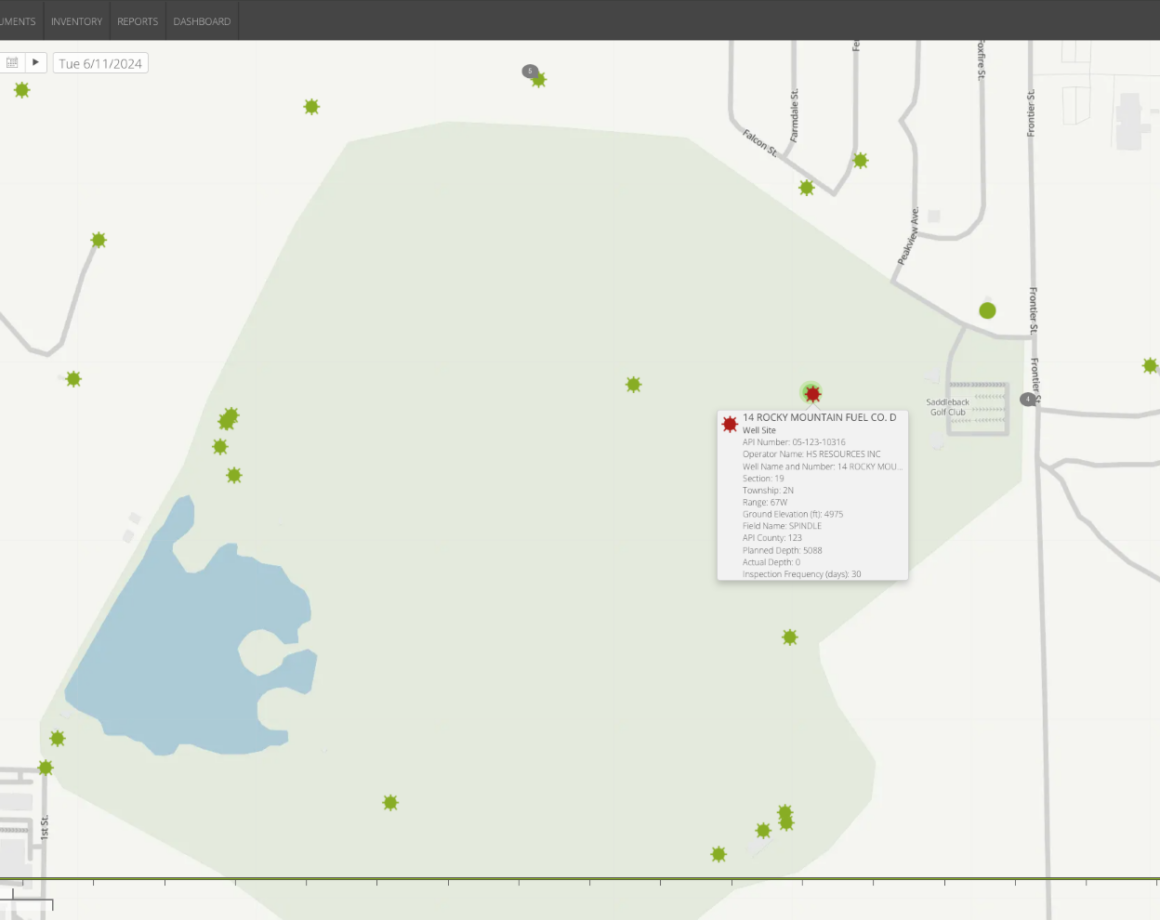
Geographic Information Systems (GIS) have become invaluable tools for managing field assets. Here’s how you can leverage GIS for effective asset management:
1. Asset Registry and Integration
Using a hierarchical asset registry enriched by GIS, you can manage various types of assets, from plant equipment to fleet vehicles. The ability to integrate GIS with platforms such as FieldSquared's asset management software ensures a unified view of asset details across multiple systems. Integrating systems like Esri ArcGIS allows seamless synchronization of asset data and geolocation, minimizing errors in tracking and management.
2. Preventative and Condition-Based Maintenance
GIS helps schedule recurring maintenance and manage condition-based alerts, ensuring assets are serviced proactively. This reduces downtime and extends the life of your assets. FieldSquared's platform supports geospatial analysis, enabling teams to identify high-risk areas and prioritize maintenance both preventive and prescriptive accordingly.
3. Real-Time Tracking and Historical Data
Track the real-time location of assets and view their historical geospatial data. This is crucial for fixed and mobile assets, providing insights into asset utilization and movement. With FieldSquared’s advanced GPS and IoT integration, you can gain deeper insights into asset performance trends over time, which helps forecast future requirements.
4. Field Data Collection and Updates
Field technicians can use mobile applications to update asset information directly in the field. GIS-enabled apps allow offline data collection, which syncs when connectivity is restored, ensuring no data is lost. For example, FieldSquared enables real-time synchronization between field updates and back-office systems, eliminating data silos and improving collaboration.
5. Enhanced Decision Making
By visualizing assets on a map and analyzing spatial data, you can make informed decisions about resource allocation, maintenance schedules, and emergency responses. FieldSquared’s customizable dashboards further enhance decision-making by presenting geospatial data alongside operational metrics. GIS tools also support redlining and annotating asset changes for accurate records.
Key Benefits of GIS in Asset Management
- Improved Accuracy: GIS integration ensures accurate asset location and condition data, minimizing human error.
- Efficient Maintenance: Proactive and predictive maintenance schedules reduce unexpected failures, saving costs.
- Enhanced Field Operations: Mobile apps with GIS capabilities streamline field data collection and asset updates, ensuring consistent workflows even in remote areas.
- Better Resource Management: Visualizing asset distribution aids in effective resource planning and allocation, helping organizations optimize their operations.
For more detailed information on using GIS for asset management, visit Field Squared’s Enterprise Asset Management.




